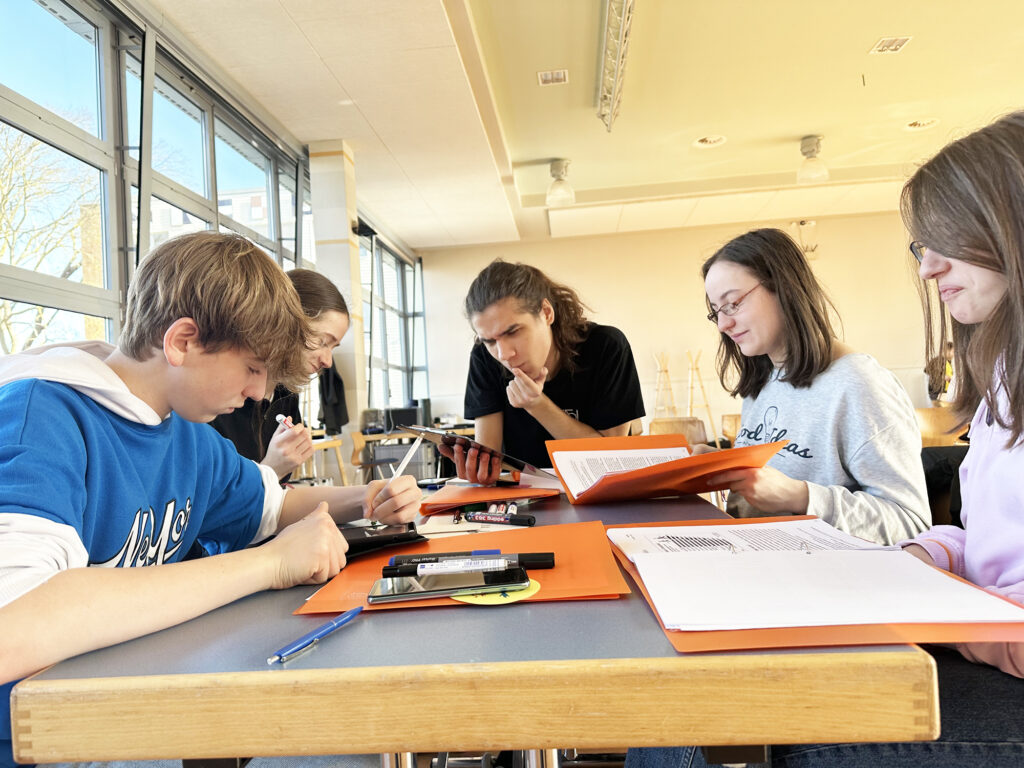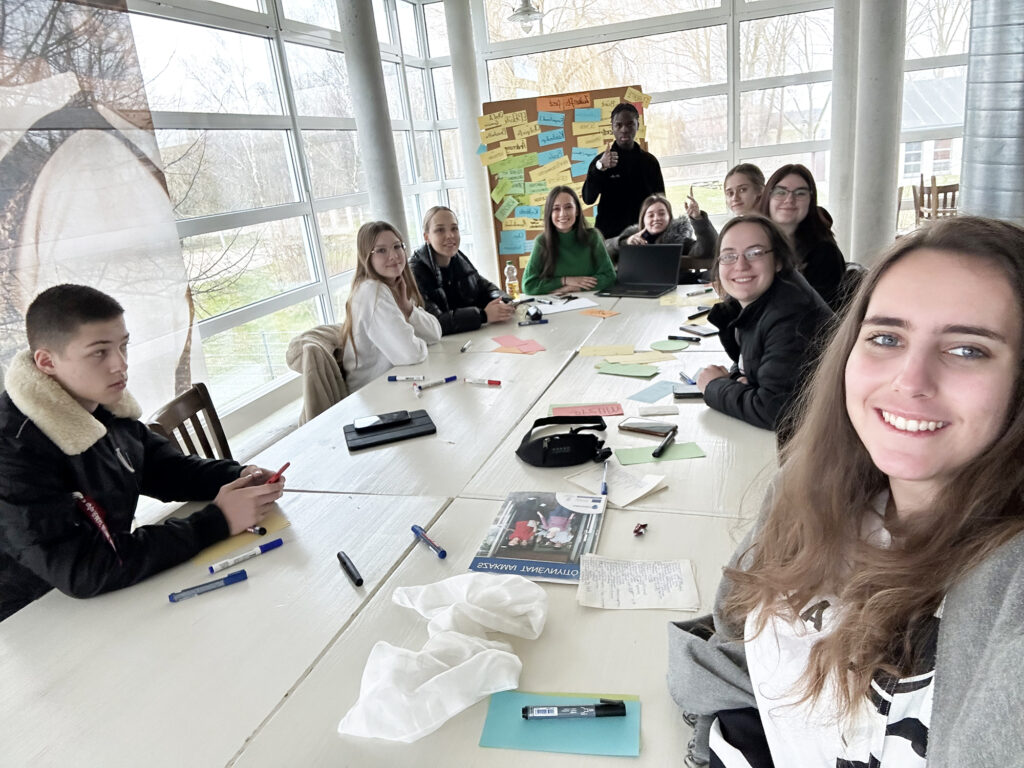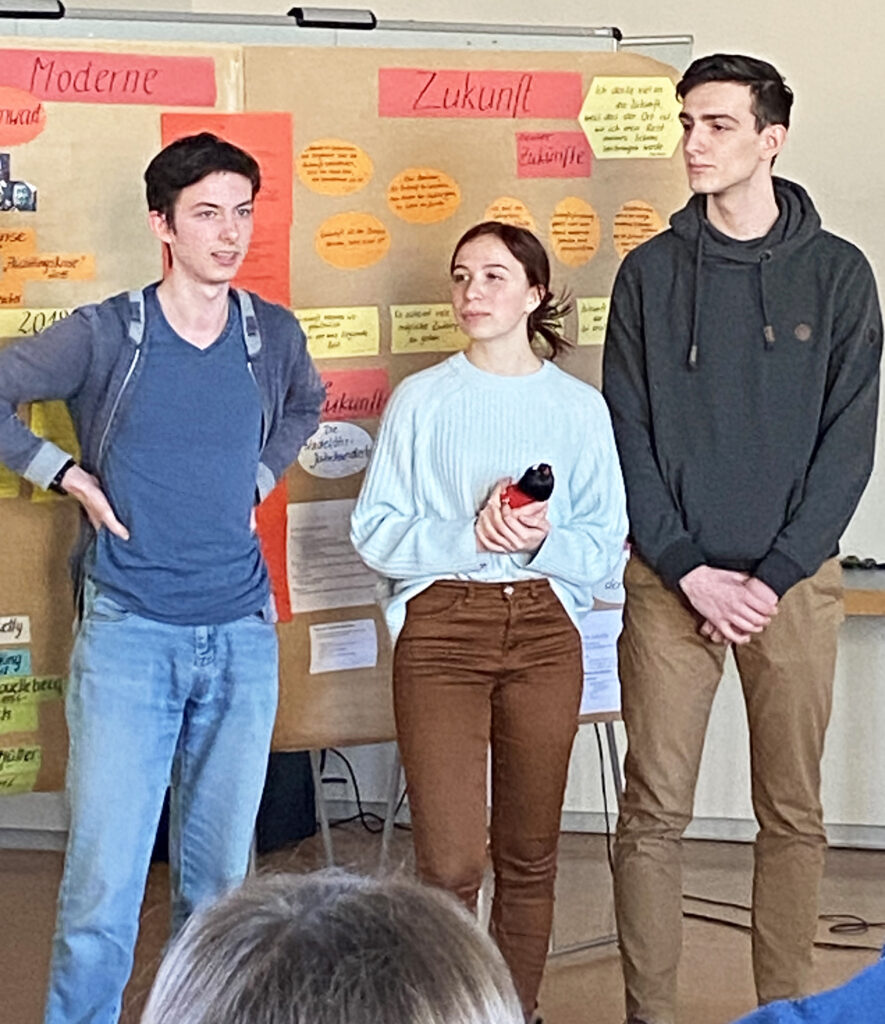How do we want to live together in Europe? What does justice mean? What unites European nations – and what separates them? – among other things, the students of Dunakeszi Radnóti Miklós High School in Németorszárg exchanged ideas.
From March 2 to 10, 2023, Greifswald on the Baltic Sea hosted the School bridge for the future of Europe, that is, to the international project week named Bridge between Schools for the Future of Europe. THE German National Foundation (German National Foundation) for the first time the Miklós High School in Radnót Dunakesz has been invited to the event, which has been held for more than 20 years now. Accompanied by Erzsébet Felekné Csizmazia and Tamás Majer, eight 11th and 12th grade students traveled to the university and Hanseatic city, where they and their peers from Poland, Bulgaria, Mönchengladbach, Berlin and Rudolstadt in Thuringia discussed the problems determining the future of the continent, society, politics and fundamental issues of the economy were discussed.
The first days were spent getting to know each other: through alternative projects, everyone presented their country, city and school, the specialties of their country in the international buffet, and then by showing a personal object, all participants told the ideas of each member of their family about the future.
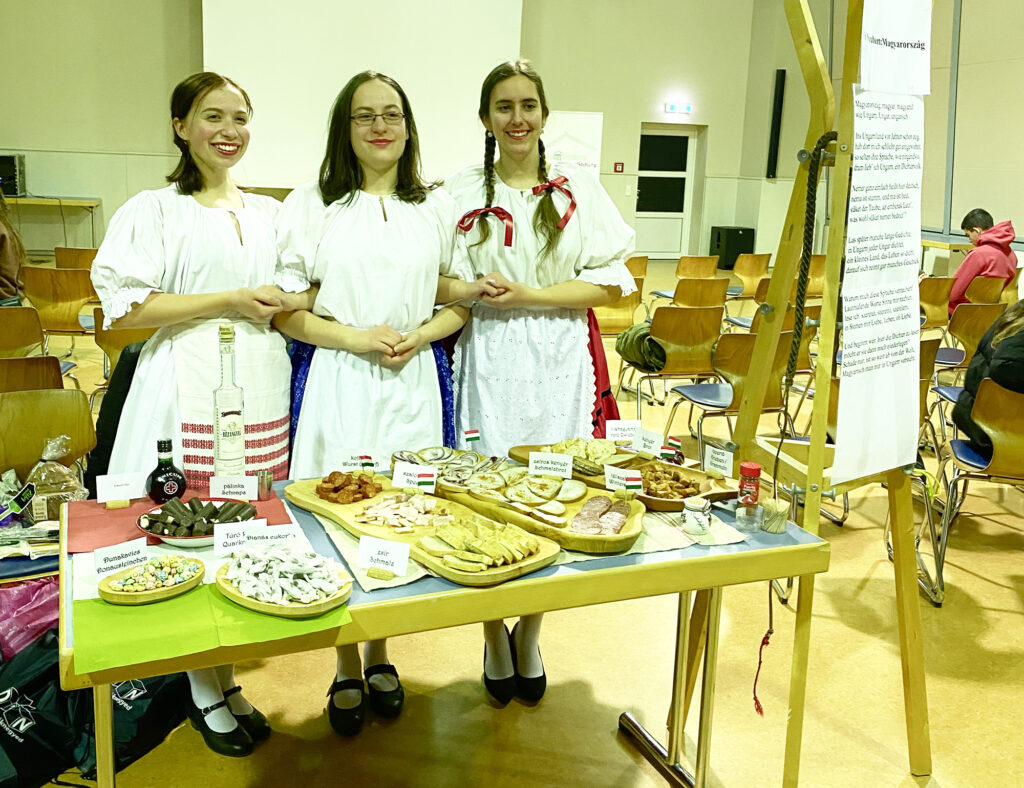
Before starting the substantive work, during a half-day historical time travel, the student team flew from prehistoric times to the present day and learned what and how led to today’s challenges.
After that, eight different working groups were formed to find solutions and new perspectives. For this, the students independently researched the literature available to them, used sources, performed critical analyses, and processed literary and philosophical texts – all in German, of course. And the ideas born as a result of thinking together were recorded in a letter written to future generations.
In the continuation of the project week, new workshops will be held with the help of renowned experts on creative writing (writer and translator Dr. Moritz Hildt), video journalism (photographer Dörthe Hagenguth), alternative design, philosophical discussion (Dr. Frithjof Reinhardt, father of the SchulBrücke program) and the students were also able to learn about the tricks of event organization, while still looking for solutions to the challenges of the present and the future.
The highly content and sometimes tense program was complemented by joint trips to the old town of Greifswald, the Max Planck Institute for Plasma Physics and the nuclear power plant in Lubmin, which was shut down in 1990 and is currently being decommissioned.
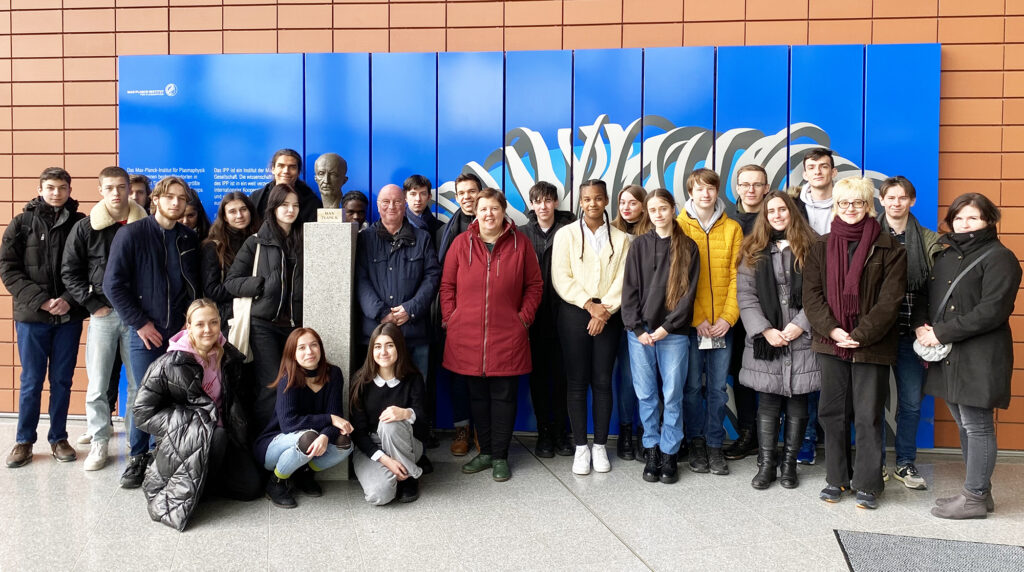
After hearing the experiences of the returning students, István Nyiri, the head of the Miklós High School in Radnót, is happy and will continue to support this extracurricular learning opportunity in the future: problems, they become proactive and, last but not least, they make friends.”
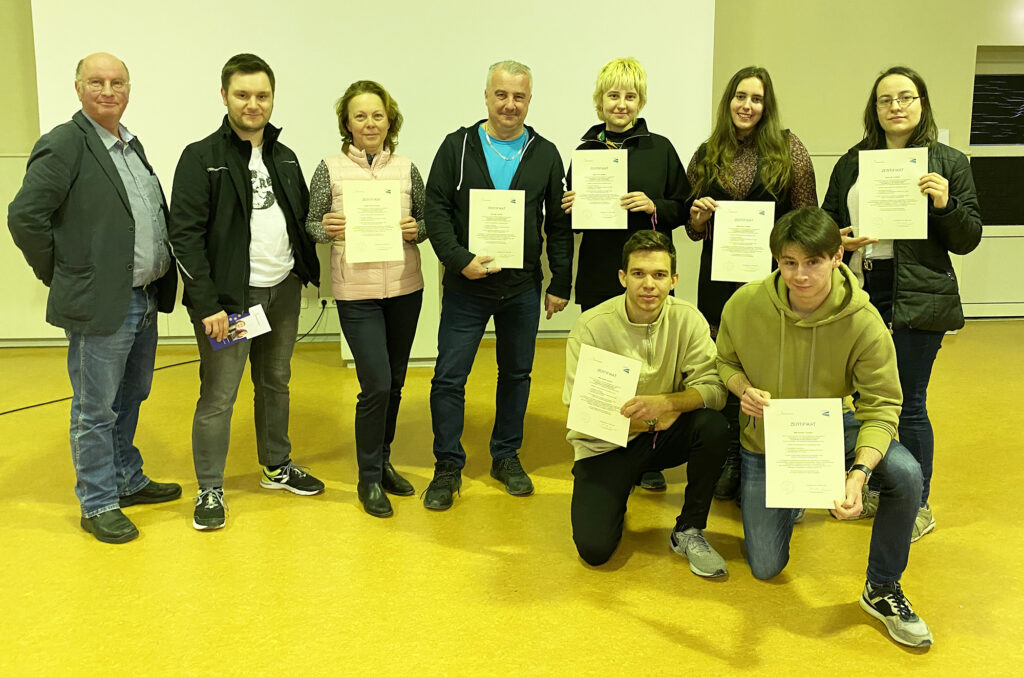
In the next school year, between October 5th and 13th, another eight Radnótis students will be able to take advantage of this great opportunity in Saarbrücken, located near the French border.
The German National Foundation, which organizes Schulbrücke, is a non-partisan, non-profit organization founded in 1993 by former German Chancellor Helmut Schmidt and former German Federal President Richard von Weizsäcker. Several times a year, the organization offers high school students aged 17-19 from many European countries the opportunity to spend seven days together learning and exchanging experiences. As a rule, eight students from six schools travel to a German city to discover together the changes taking place in Europe and to deal with a current defining issue of national and European identity. And those who don’t want to be separated from SchulBrücke can enter Alumni Bridgeto the alumni organization, which currently has around 3,800 members.
Mrs. Erzsébet Csizmazia Falek
